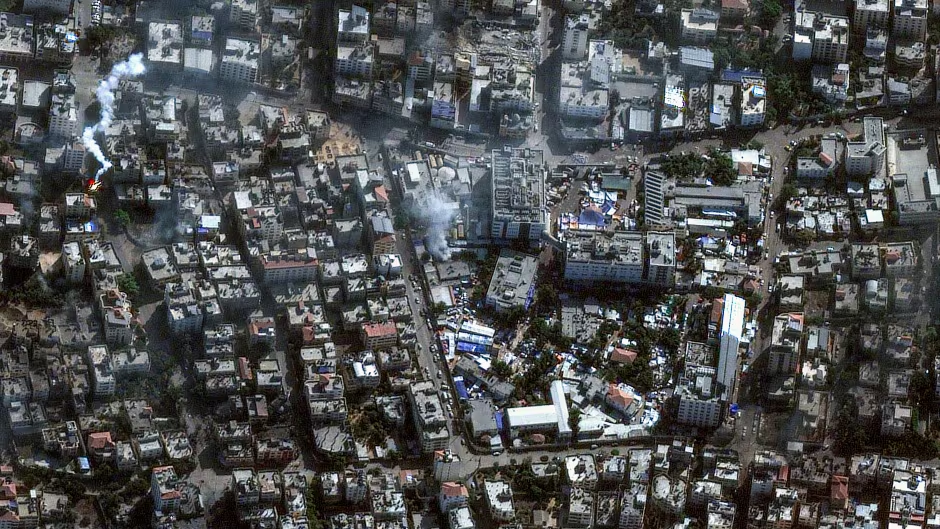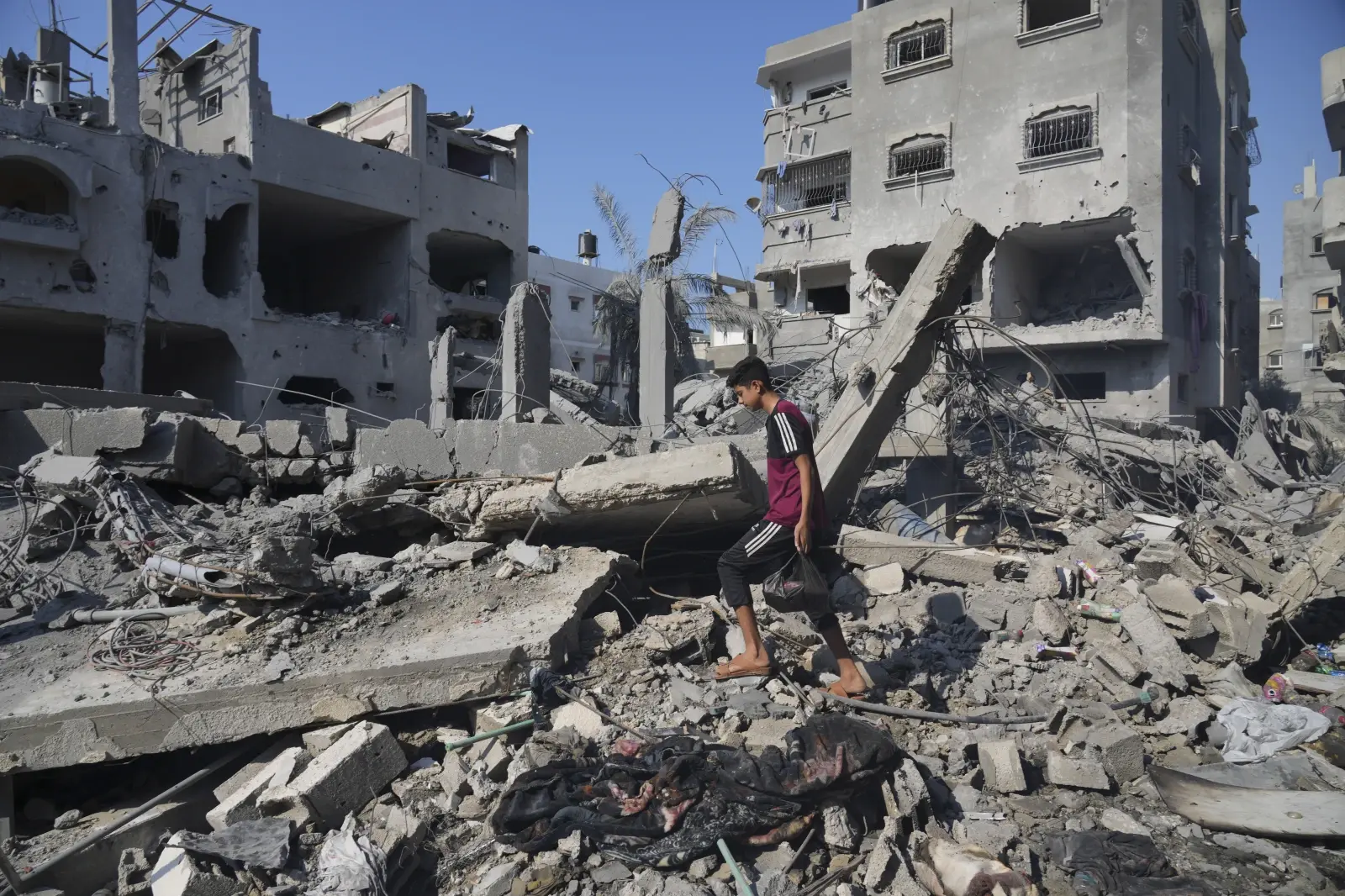In a series of high-stakes operations across Gaza, the Israeli military reports having apprehended approximately 100 Hamas militants in an operation at Kamal Adwan Hospital in Jabalia, a densely populated refugee camp in northern Gaza.
The military’s advancement into north Gaza highlights an ongoing, escalating conflict that has deeply impacted both military and civilian spheres, straining critical infrastructures and disrupting lives across the region.
Raid on Kamal Adwan Hospital and the Militancy Allegations
The Israeli Defense Forces (IDF) intensified their ground operations, targeting Kamal Adwan Hospital. This high-profile location had long raised suspicions of being a front for militant activities; however, Hamas and local medical authorities deny that any militants were present at the hospital.
The IDF justified its entry as an attempt to root out Hamas militants suspected of regrouping within civilian institutions, a charge Hamas has consistently refuted.
The military’s advance came in tandem with increased airstrikes across northern Gaza, reportedly aimed at destabilizing Hamas’ military capabilities. However, the incursions have sparked controversy due to the devastating impact on civilians and essential medical facilities.
Read : It Could Take 350 Years to Rebuild Gaza if It Remains Under Blockade: UN
According to Gaza’s health ministry, at least 19 people were killed during Monday’s airstrikes, further compounding the humanitarian crisis as civilian areas and medical facilities struggle under siege.
The conflicting accounts from Hamas and the IDF on the presence of militants in the hospital underscore the tensions around the IDF’s operational transparency.
Hamas has strongly condemned the attack, calling it a violation of international norms, while Israel contends that such locations are often exploited for militancy under the guise of humanitarian purposes. These accusations have intensified calls from the international community to prioritize civilian safety and ensure medical facilities remain untouched.
Civilian Displacement Amid Ongoing Conflict
As the IDF tightened its hold on northern Gaza, large portions of the population, estimated at around 100,000 people, were caught between the crossfire. Civilians in Jabalia, Beit Lahiya, and Beit Hanoun have faced dwindling access to essential supplies, including food, medical care, and fuel, as emergency services struggle to operate under siege conditions.
According to the Palestinian Civil Emergency Service, these areas have become isolated enclaves, cut off from critical support due to the escalating violence and roadblocks.
Efforts to broker a ceasefire, with the United States, Egypt, and Qatar working closely to mediate, have repeatedly faltered amid the relentless military actions.

Egyptian President Abdel Fattah el-Sisi proposed an initial two-day ceasefire as a foundation for subsequent peace discussions, hoping for an exchange of four Israeli hostages held by Hamas in return for Palestinian prisoners.
Although this attempt brought optimism for a truce, it quickly encountered resistance as underlying demands and strategic aims from both sides remain incompatible.
For residents of northern Gaza, relocation is fraught with challenges. Despite advisories from IDF urging displacement towards Gaza City or southern regions, many families remain reluctant, fearing permanent separation from their homes.
Families who have attempted relocation describe traumatic experiences, such as being ordered out of shelters, and have documented farewells in the event they are casualties in the ongoing bombardment.
Escalation Beyond Gaza’s Borders
Beyond Gaza, the conflict has spurred widespread geopolitical ramifications. Hostilities have extended into southern Lebanon, where Israeli forces conducted operations to neutralize Hezbollah’s influence. Hezbollah, a militia group allied with Hamas and backed by Iran, has struck Israeli military positions, further destabilizing the region.
In a parallel escalation, the Israeli military issued new evacuation orders for areas around Tyre, a southern port city that has faced repeated Israeli airstrikes in recent days, reportedly targeting Hezbollah’s anti-tank missile depots. Lebanon’s health ministry has confirmed that seven lives were lost in these attacks, bringing renewed calls for international intervention.

Iran’s influence in the conflict has only added fuel to the fire. Following a missile assault on Israeli territory in early October, Israeli airstrikes retaliated by targeting sites within Iran, marking a rare instance of direct conflict between the two countries.
This escalation, triggered by the region’s intricate web of alliances, has prompted concerns about potential global implications, especially for oil supplies. The United States and other stakeholders in the international community have urged restraint, but Iran’s foreign ministry insists on a forceful response to Israel’s provocations.
The ripple effect of this crisis is visible across the Middle East, with neighboring countries fearing further destabilization. Israeli Prime Minister Benjamin Netanyahu’s firm stance against Hamas’ militant stronghold underscores Israel’s intent to maintain its offensive until it deems Hamas neutralized, while Hamas leaders remain equally committed to fighting until Israeli forces withdraw from Gaza.
Mediation efforts continue but have yet to yield significant breakthroughs, leaving Gaza and neighboring territories ensnared in conflict.
let’s enjoy few years on earth with peace and happiness….✍🏼🙏

